Asus premium-line of ultrabooks hasn’t been updated in more than a year, and that’s changing as of late-2020 with the introduction of two new models: the clamshell ZenBook S UX392 and the convertible ZenBook S Flip UX371.
These are not just a hardware update of the previous ZenBook S designs, Asus improved them in a couple of different ways.
Among the novelties, the standard ZenBook S UX392 now gets a 3:2 3K touchscreen, while the 2-in-1 model gets an OLED touch display. Both screens are bright and color-rich, with 100% DCI-P3 gamut coverage, and both lines are built on Intel Tiger lake hardware with XE graphics, 67 Wh batteries, and support for Thunderbolt 4 connectivity and USB-C charging.
I look forward to properly review these two ZenBooks, as on paper they’re finally up-to-date with the current expectations in the premium ultrabook segment, right there next to the Dell XPS 13 or the Microsoft Surface laptop, where ZenBooks have struggled to properly compete in the last year.
We’ll update with links towards our reviews once available, and in the meantime, down below I’ve put together a quick summary of what to expect from these products, as well as what could be some potential quirks that you’d best be aware of.
Update: Our detailed review of the ZenBook UX393 is available over here, and our review of the convertible ZenBook Flip S UX371 is available here. Over here you’ll also find our review of the latest ZenBook Flip S13 model.
Specs – ZenBook S UX393EA and ZenBook S Flip UX371EA
| Asus ZenBook S UX393EA – review | Asus ZenBook S Flip UX371EA – review | |
| Screen | 13.9 inch, 3300 x 2200 px, 3:2 aspect ratio, IPS, glossy, touch, 500-nits and 100% DCI-P3 panel | 13.3 inch, 1920 x 1080 px, 16:9 aspect ratio, IPS, glossy, touch, 300-nits and 100% sRGB panel 13.3 inch, 3840 x 2160 px, 16:9 aspect ratio, OLED, glossy, touch, 400-nits and 100% DCI-P3 panel |
| Processor | Intel Tiger Lake, up to Core i7-1165G7, 4C/8T | Intel Tiger Lake, up to Core i7-1165G7, 4C/8T |
| Video | Intel XE graphics | Intel XE graphics |
| Memory | up to 16 GB LPDDR4x 4266 MHz (soldered) | up to 16 GB LPDDR4x 4266 MHz (soldered) |
| Storage | 1x M.2 PCIe x4 SSD, Intel Optane H10 support | 1x M.2 PCIe x4 SSD, Intel Optane H10 support |
| Connectivity | Wireless 6 (Intel AX201), Bluetooth 5.0 | Wireless 6 (Intel AX201), Bluetooth 5.0 |
| Ports | 1x USB-A 3.2 gen1, 2x USB-C 3.2 with Thunderbolt 4 (data, video, and power), HDMI 1.4?, microSD card reader, 3.5 mm jack with USB-C adapter | 1x USB-A 3.2 gen1, 2x USB-C 3.2 with Thunderbolt 4 (data, video, and power), HDMI 1.4?, microSD card reader, 3.5 mm jack with USB-C adapter |
| Battery | 67 Wh, 65W USB-C charger with quick-charging | 67 Wh , 65W USB-C charger with quick-charging |
| Size | 306 mm or 12.04” (w) x 224 mm or 8.81” (d) x 15.7 mm or 0.62” (h) | 305 mm or 12” (w) x 211 mm or 8.30” (d) x 13.9 mm or 0.54” (h) |
| Weight | from 2.62 lbs (1.35 kg)+ .45 lbs (.21 kg) charger, US version | from 2.65 lbs (1.2 kg)+ .45 lbs (.21 kg) charger, US version |
| Extras | golden backlit keyboard with full-size layout, glass NumberPad, HD+IR webcam with Hello, stereo bottom speaker | golden backlit keyboard with shrunk layout, glass NumberPad, HD+IR webcam with Hello, stereo bottom speakers |
First off, these two series share a few of their traits. On the outside, both are entirely made out of aluminum, with a unibody design for the UX393 (and possible for the UX371 as well, but I’ll need to confirm that) and the same color scheme: a dark gray (called Jade Black) with gold branding elements and accents.
We’ve seen these lines implemented on past Asus ZenBook S products, and while that part around the screen’s frame is a bit much for me, these are definitely nice looking and exquisite. I’d also expect the overall build quality to be on par with the expectations and a step-up from the more affordable ZenBook 13/14 lines we’ve recently reviewed.
Design aside, these two are also built on the same Intel Tiger Lake hardware platform, with up to 16 GB of LPDDR4x memory and 1x SSD storage slot, as well as a 67 Wh battery. I’d also expect them to share the thermal design and power settings. Asus mentions Whisper, Standard, and Performance modes available in the control app, for you to choose according to your need.
However, these ZenBook S are built on Asus’s Ergolift design fundamentals, which helps create a slightly inclined typing position and facilitate air-flow underneath the laptops, but also blow the hot air straight into the screens, which is one of those quirks that we’ll have to look into in the reviews.
Both these lines get touchscreens with protective glass on top of the panel, but the screen is close to the exhaust on the ZenBook S UX393 with that tiny bottom chin, so it might heat up. We’ll see. That shouldn’t be an issue on the ZenBook S Flip UX371 models, as those get a much heftier chin underneath the panel, with their 16:9 display.
Speaking of, the displays are the number one aspect that sets these two devices apart. On one hand, the ZenBook S UX393 is a clamshell laptop that I’d expect will only allow the screen to lean back to about 140-150 degrees, but gets a 3:2 3K touchscreen, thus a more practical option for everyday multitasking, thanks to its increased height and workspace. On the other, the ZenBook S Flip UX371 is a 2-in-1 laptop with a 360-degrees convertible touch display, but only implements a standard 16:9 panel.
And there’s one more thing to consider here, as Asus put bright and punchy screens on both these devices: a 500-nits IPS panel with 100% DCI-P3 color coverage on the S UX393, and an up to 400-nits OLED panel with the same kind of 100% DCI-P3 color coverage on the Flip S UX371. Both are excellent in their own way, and we’re not going to insist on the advantages and quirks of each technology here, but we’ll surely address them in-depth in the upcoming reviews.
Inputs are the other major detail that could steer you towards one or the other line, and the ZenBook S UX393 has an edge here. Both are available with the same large glass-covered touchpad with NumberPad functionality, but the ZenBook S Flip series gets a shrunk down keyboard layout, with slightly shorter keys, the same we’ve already tested on the ZenBook 13 UX325. It’s a fine keyboard, just cramped and cumbersome. This layout also includes an extra column of function keys at the right, though, which is not available on the ZenBook S’s keyboard.
Instead, the ZenBook S implements a simpler layout, but with full-size keys across the board and redesigned keycaps and scissors. Asus mentions that they’ve used a mix of fiberglass and plastic for the scissors, which allows for a slightly thinner keyboard and quieter and firmer feedback. They’ve also redesigned the illumination system in order to reduce light bleeding around the keycaps, so on paper, this could be an excellent typer, but let’s not jump to any conclusions before we get to use it. Once more, something we’ll carefully look into in our reviews.
Before we wrap this quick preview up, I should also mention that these two ZenBook S lineups share most of their IO and connectivity options. Both get HDMI, USB-A and 3x Thunderbolt 4 ports, none of them includes a dedicated 3.5 mm audio jack (yet Asus bundles a USB-C to 3.5 mm jack adapter in the pack), both charge via USB-C, and the clamshell model also offers a microSD card-reader, while the convertible model does not.
However, the convertible ZenBook Flip S UX371 series is both more compact, slimmer, and lighter than the standard ZenBook S UX393 model, which comes to no surprise, as that one has to accommodate the larger and heavier 3:2 screen.
In conclusion, I expect these two late-2020 ZenBook S models to be some of the best ultrabooks of this generation, and I’m especially rooting for that practical ZenBook S UX393 as a potential candidate for retiring my aging XPS 13. No way to tell whether Tiger Lake is any good for now, and I’m also hoping that Asus haven’t messed up that new keyboard or the thermal design. Of course, as premium ultraportables, I’d expect these to cost a pretty penny, but that’s just normal for this class. No word on pricing and availability either, but they should land in stores around Q4 of this year.
Looking forward to reviewing these, and in the meantime, I’d love to hear your thoughts about them in the comments sections down below.
Update: Our detailed review of the ZenBook UX393 is available over here, and our review of the convertible ZenBook Flip S UX371 is available here.

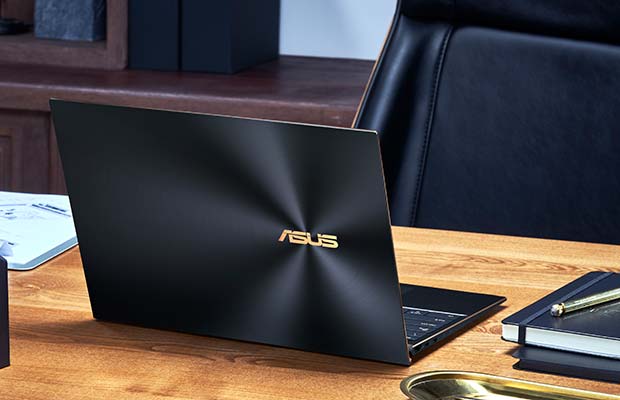

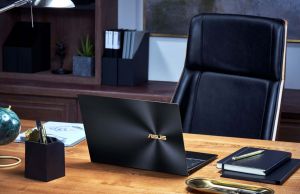
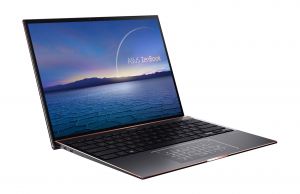
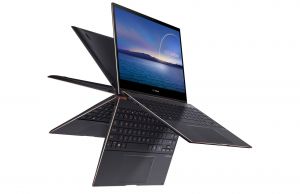


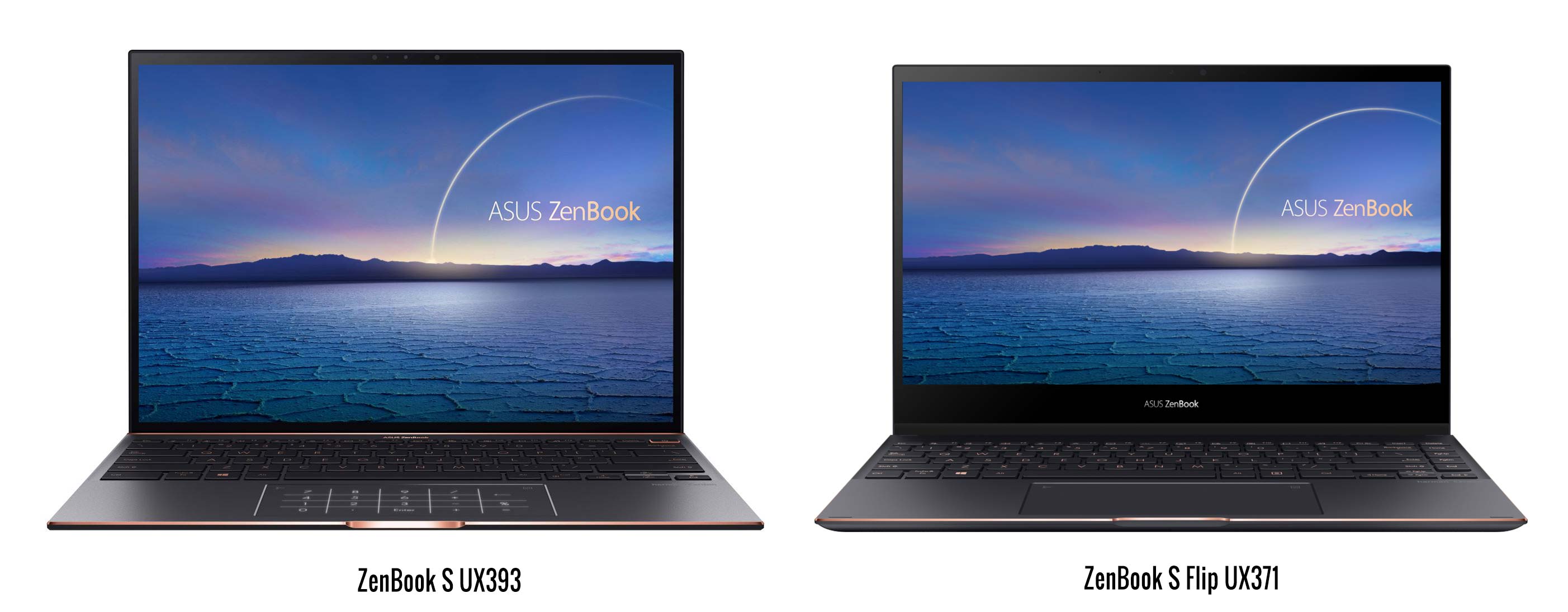
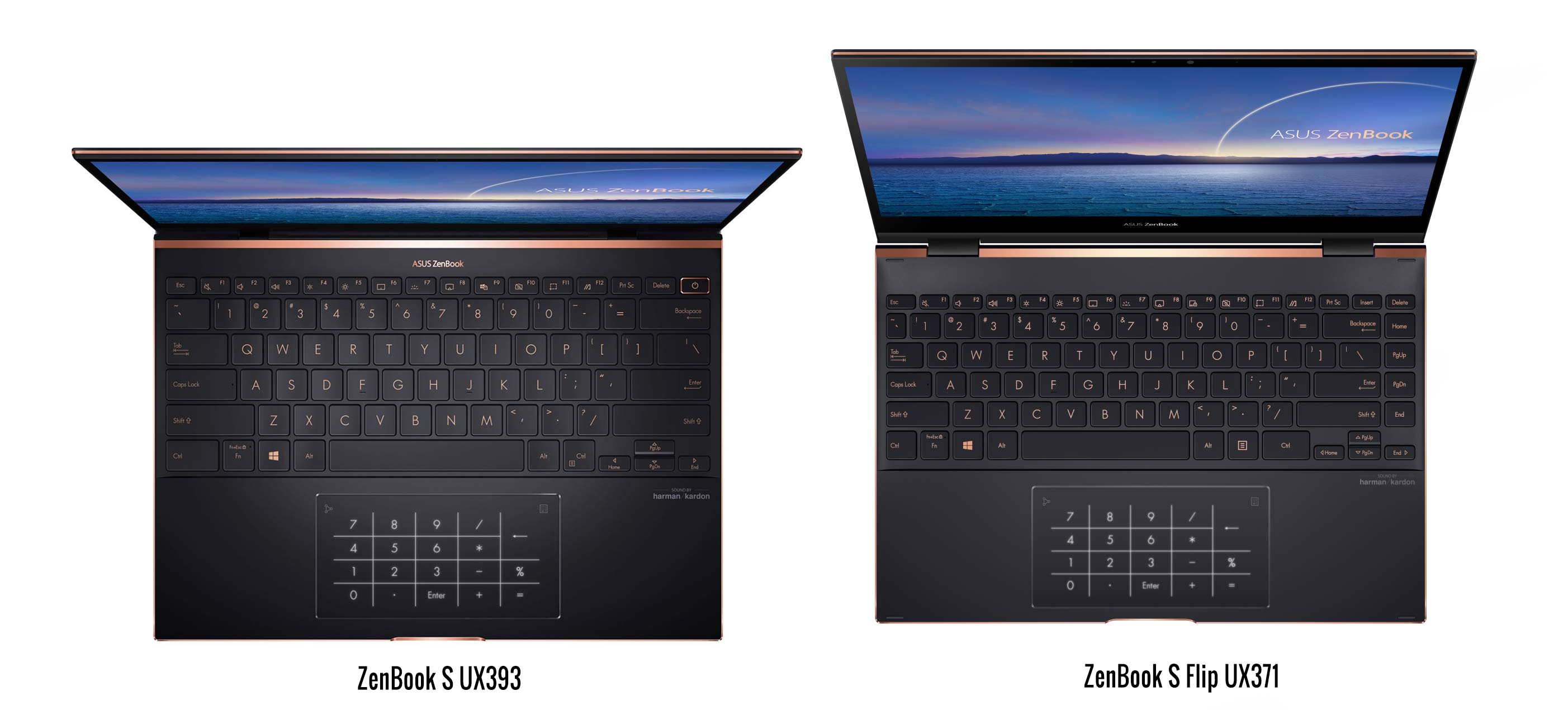

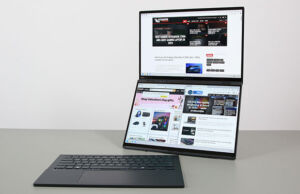
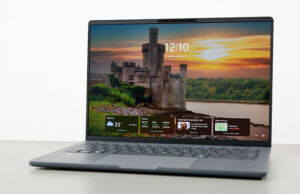
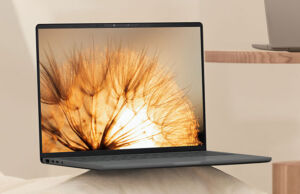
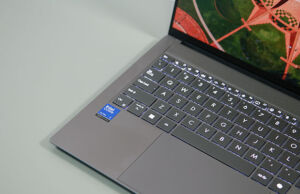
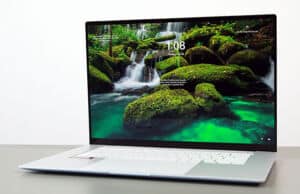





Mark Ross
September 3, 2020 at 5:52 am
I like my Gen-8 Zenbook, performance of the Gen-8 'u' chips is a game changer and can replace your desktop (I'm not a gamer), the lack of Thunderbolt hurts me but.
This, looks good, was hoping for a Duo model next time but touchscreen would negate that somewhat.
If tiger-lake is worthy, I will upgrade.
I work in I.T. and my experience has put Asus to be one of the laptop leaders in reliable, Dell is up there too.
.. here's hoping for a Xmas present for me this year ..
Andrei Girbea
September 3, 2020 at 11:12 pm
they'll probably update the Duo as well. I have my eyes on this UX393 though, the 3:2 screen is enticing
william blake
September 4, 2020 at 1:38 pm
are you talking about 4 cores/8 threads 8250u/8550u or something? how is it a game changer and desktop replacement, i dont understand.
Mark
September 12, 2020 at 12:19 pm
yep, so I do a bit of desktop and laptop installs. Back in the day PC's were slow – very slow, you would replace a super slow PC with a not so slow one.
On Desktops, with Gen-4 we felt the speed getting to a point of 'hey this is not to bad'. Now everything I do is basically business systems so forget games.
Laptops were a version of double crap, they were double slow, people wanted Laptops but they were awful 4-5 years ago, pointless pieces of sh.. . (also part of that were HDD and not SSD).
When we got Gen-7 Intel laptops they were "hey this isn't that bad", Gen-8 felt notable better and then the refresh was a nice pickup, also note that almost all PC I do are Intel and this is not because of current AMD's but cause old AMD's were very average.
I guess that there are times when we see something and go, "we have got to a point of evolution", and that may not just be one part (ie the CPU), I felt the Gen-4 was a step, the 90's and 100's series boards notable, Samsung M.2 Evo's (cheap fast M.2 drives), Gen-8 Laptop's and Desktop's fell like a step.
Personally I have transition from a Desktop to a Laptop with a gen-8 refresh (i7-8565u) and it's surprisingly good. It's not as good as a desktop but I am running Photoshop, Premier, Visual Studio and VS Code, VMware, and I push my system, I got web pages open everywhere, Office apps blah blah blah.
The two biggest things I lack is ThunderBolt and better graphics, and I find some apps just a touch slow to open. This is why Gen-11 excites me, (and there will be other things that makes this feel good, the faster SSD and memory).
So for a Power user: Desktop replacement,
For a Gamer or a Big CAD or Video Production worker, get a Performance Build Desktop cause they still have it.
Fil
September 14, 2020 at 3:43 pm
Andrei, do you have any timeline of when you will review them and when they will be commercially available (I am in Germany)? Here, the first retailers list them as available after 27/09 (https://www.saturn.de/de/product/_asus-zenbook-s13-ux393ea-hk001t-2663603.html?uympq=vpqr&rbtc=%7C%7C%7CComputer+%2B+Tablet%20%3E%20Notebooks%20%3E%20Subnotebooks%7Cp%7C%7C)
Thanks a Lot!
Andrei Girbea
September 14, 2020 at 4:15 pm
Already working on the UX393, but I don't yet have a publish date, as I'm waiting for clarification on any possible Intel review embargos. If there aren't any, the review should be available early next week.
I was told availability is scheduled for Q4, so that could mean anytime starting October.
Fil
September 15, 2020 at 10:05 am
Thats great, thanks! I am hoping that you can recommend it highly!
Fil
September 23, 2020 at 9:47 am
I assume there is an embargo, since neither you nor any one else have posted any actual tiger lake product reviews. I am very curious – can you tell us when will be allowed to publish?
Andrei Girbea
September 23, 2020 at 10:48 am
I don't have an exact date either for this ZenBook and still waiting for more details. Other brands have an ambargo date set for October 3rd. Still, if you have any specific questions, just send me an email (see the contact page) and I'll try to help.
John
October 14, 2020 at 11:27 pm
Hi, when will the ASUS ZenBook Flip S UX371EA be available to purchase? I'm in the UK, thanks.
Andrei Girbea
October 16, 2020 at 7:02 pm
Idk, you'd have to get in touch with Asus UK for those details, I don't have any inside info with them.
Mark
September 24, 2020 at 1:15 am
One Question is, with the USB-4 (TB4), there are two USB-C ports but with external Monitors, that is 1x 8k or 2x 4k, how many FHD, how are the two ports split up for that, what happens to the HDMI port when using TB4?
Also do you find the SSD better, are load times faster, I find VMware OK but faster load would be nice, Photoshop is slow to load on my Zenbook-433 (8Gen).
Andrei Girbea
September 25, 2020 at 11:32 am
That's a good question. I've connected one monitor via USB-C and another via HDMI, so there's that, you can have a 3-monitor setup. Even if I had another USB-C cable and monitor, that wouldn't matter, since the other USb-C port si already used for charging.
TB4 is pretty much TB3 with extra display bandwidth. I don't see how you'd be able to drive more than 2 external monitors with this.
As for the storage, Asus doesn't always put top-tier drives on their units, but that differs from market to market and there's always the option to upgrade it if you really want to.
BTW, the embargo date for this review is Sept 30th.